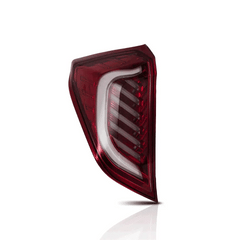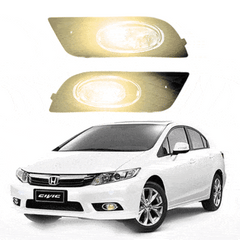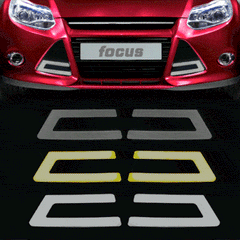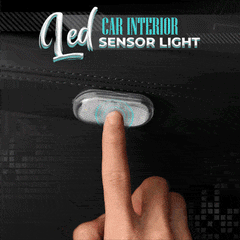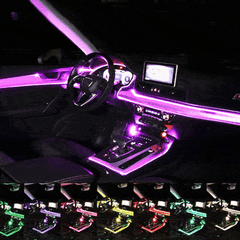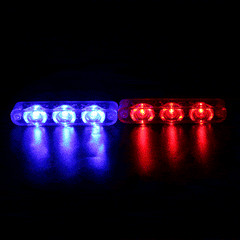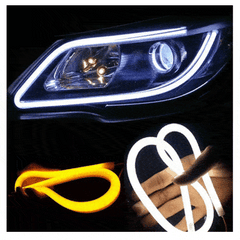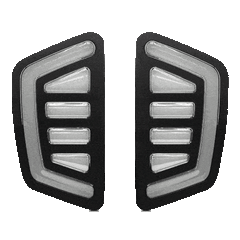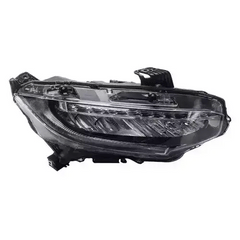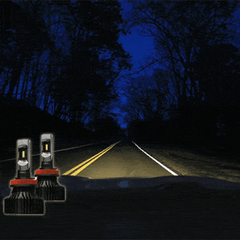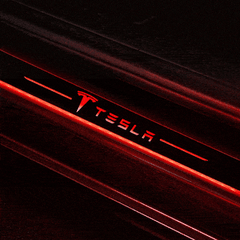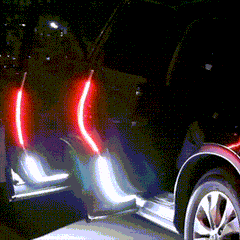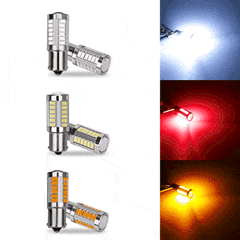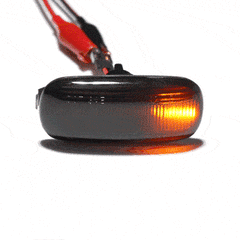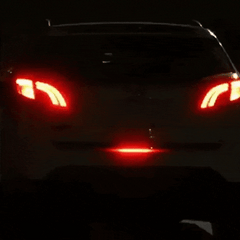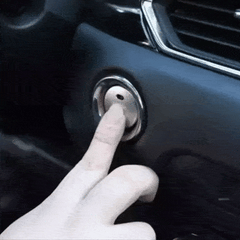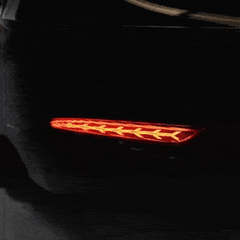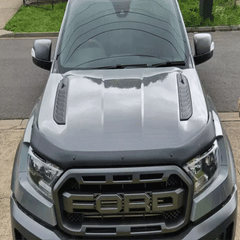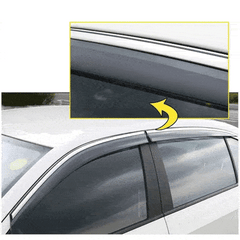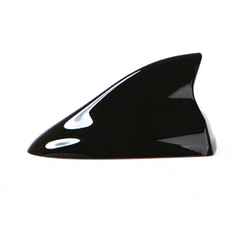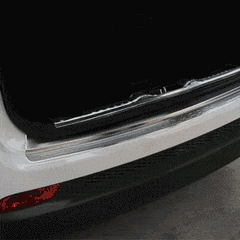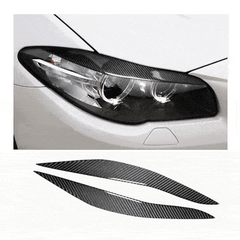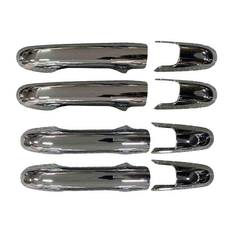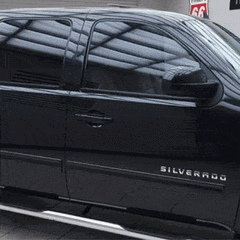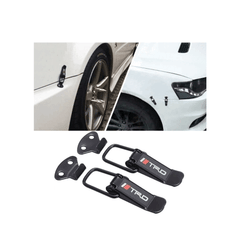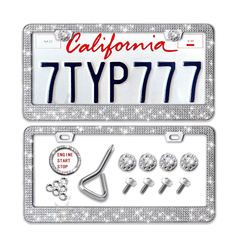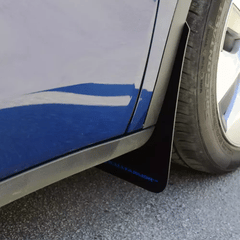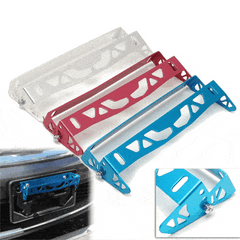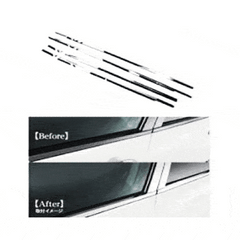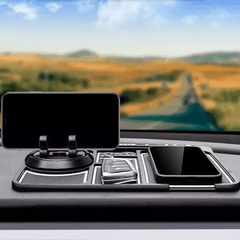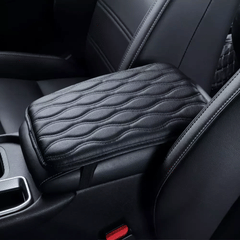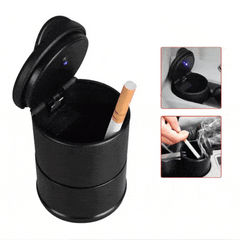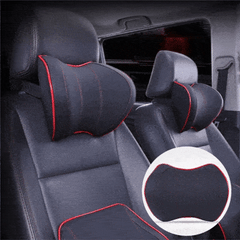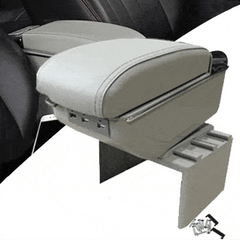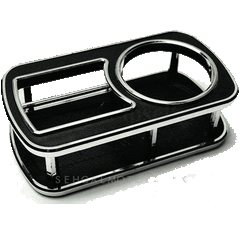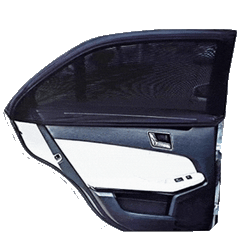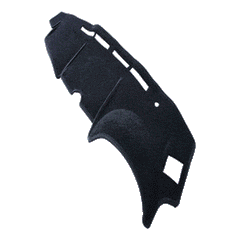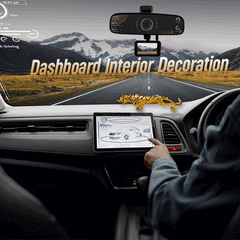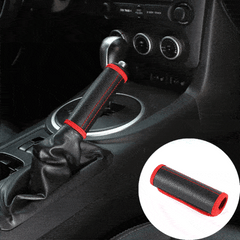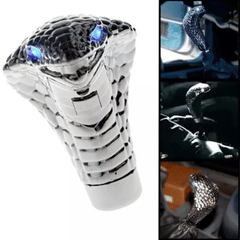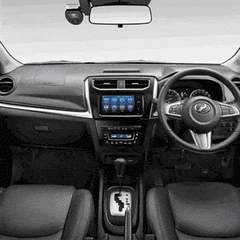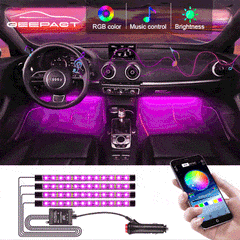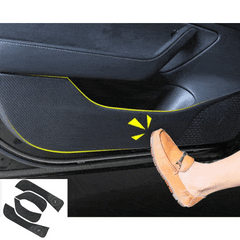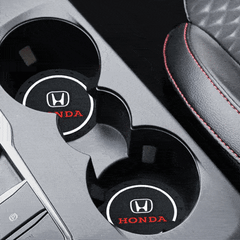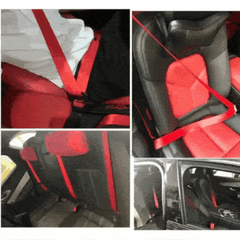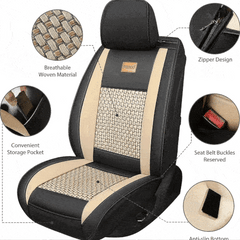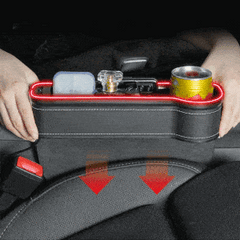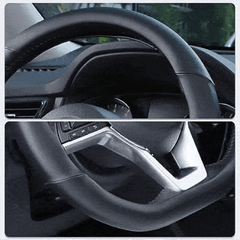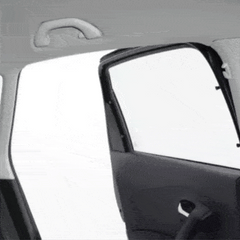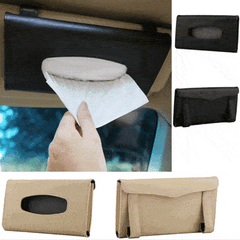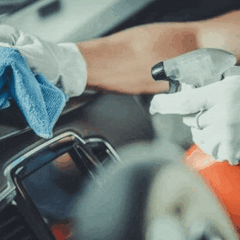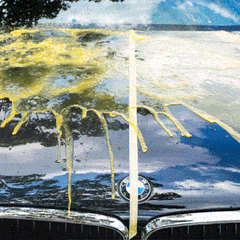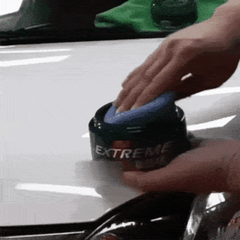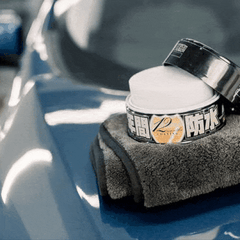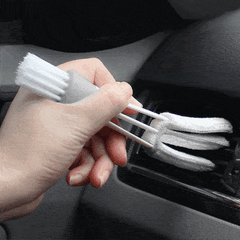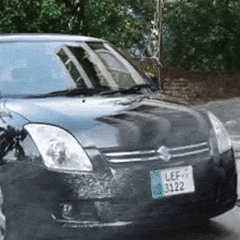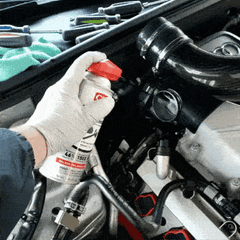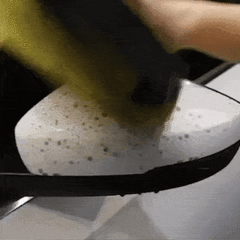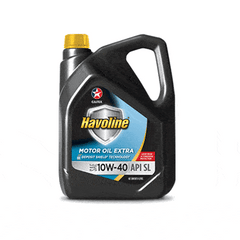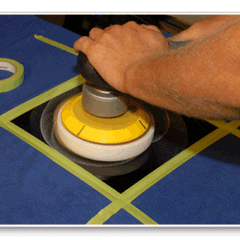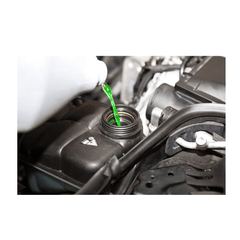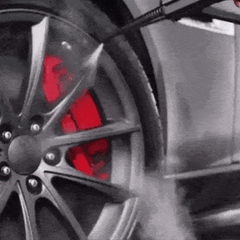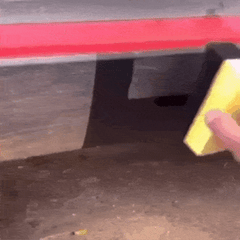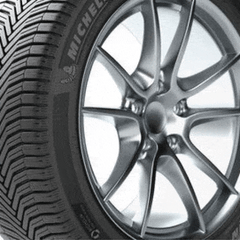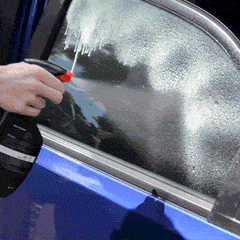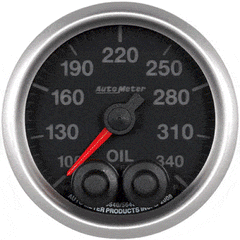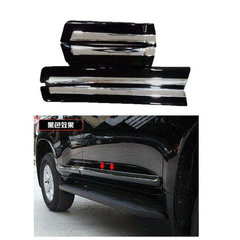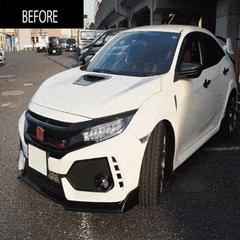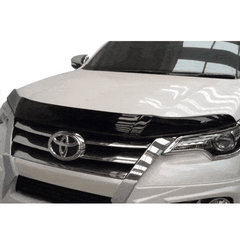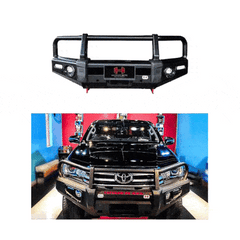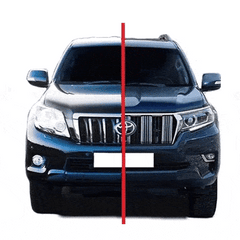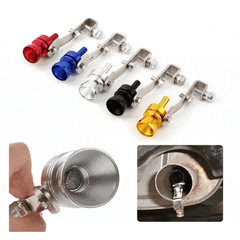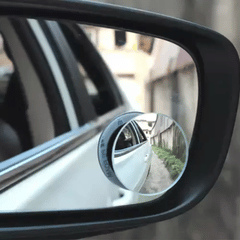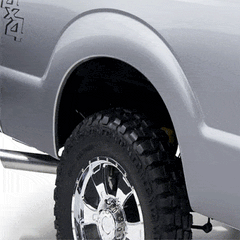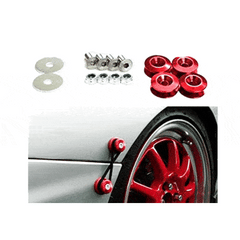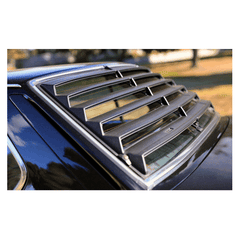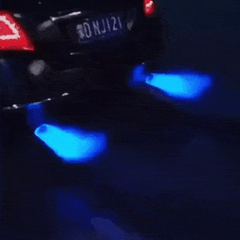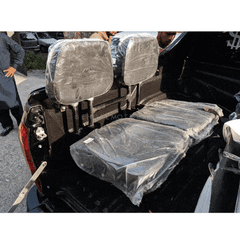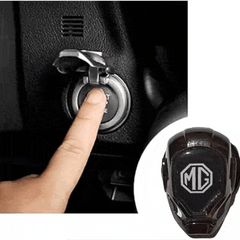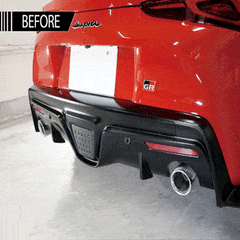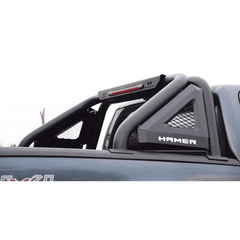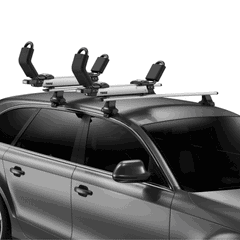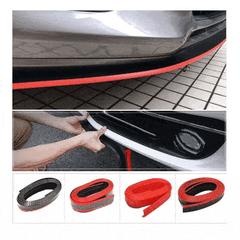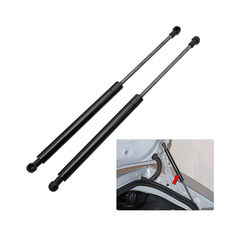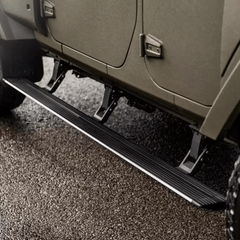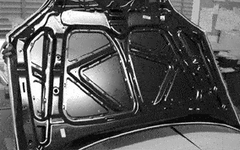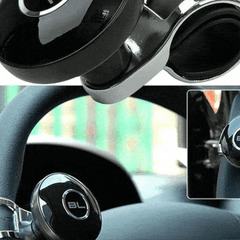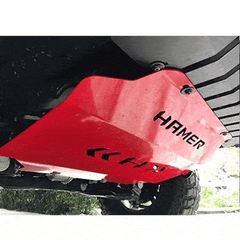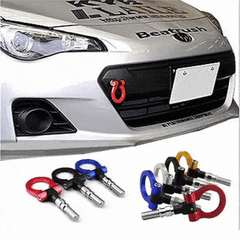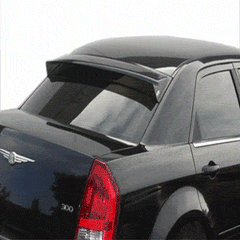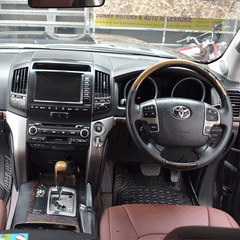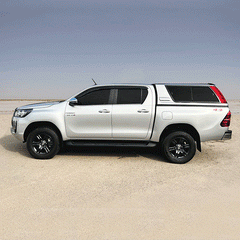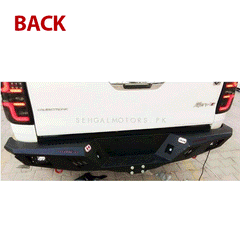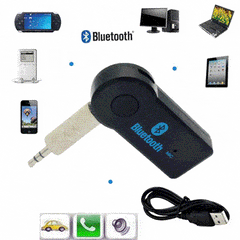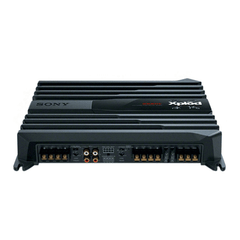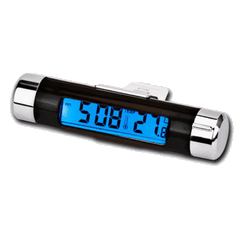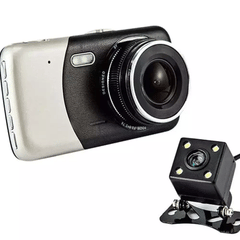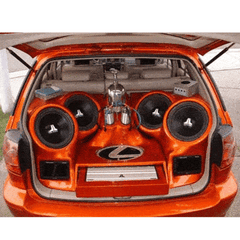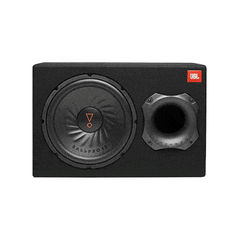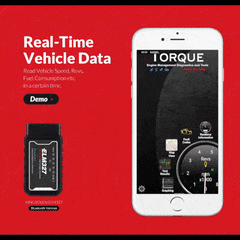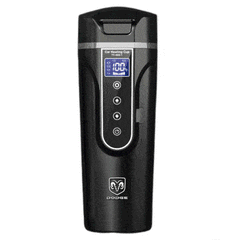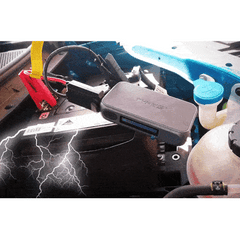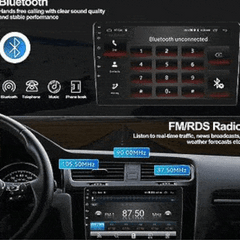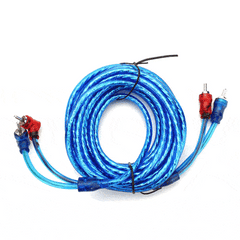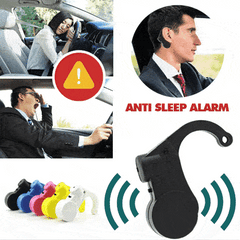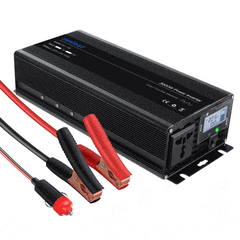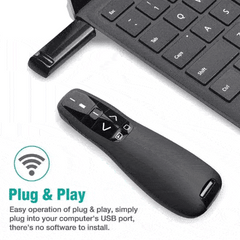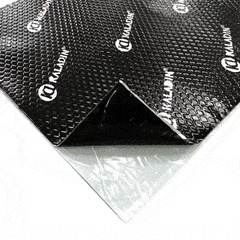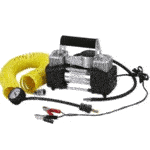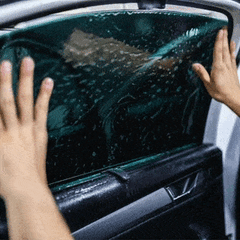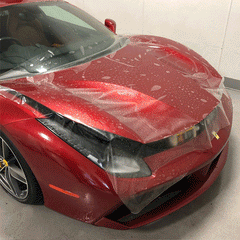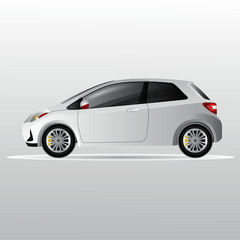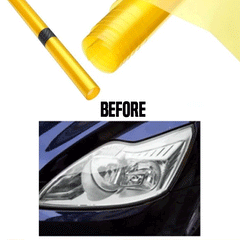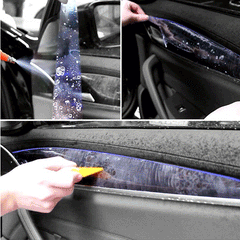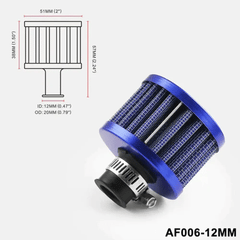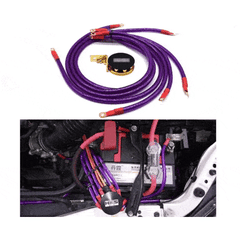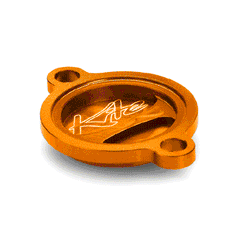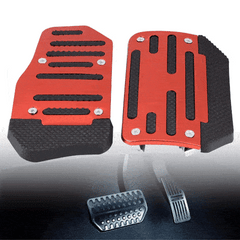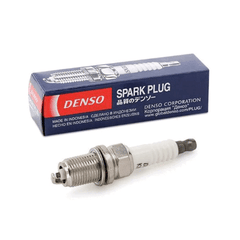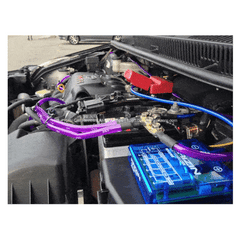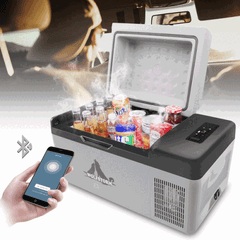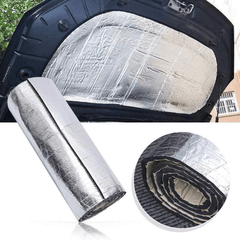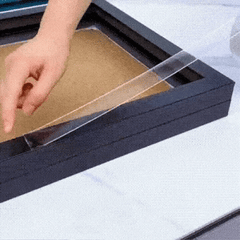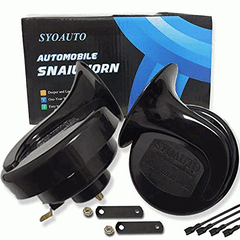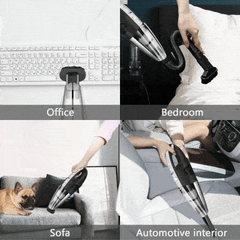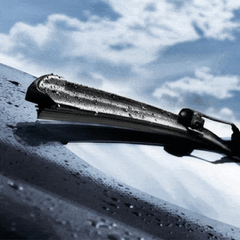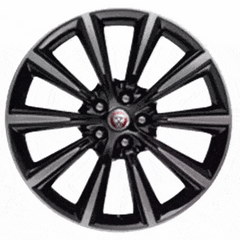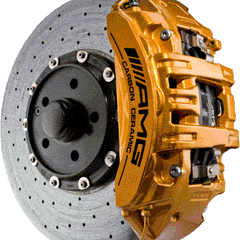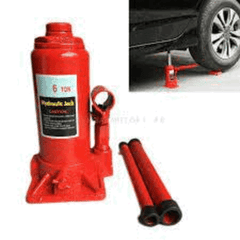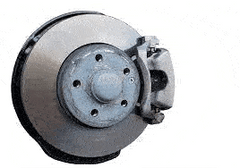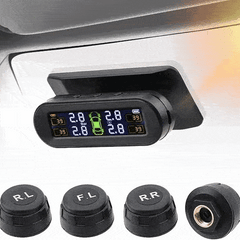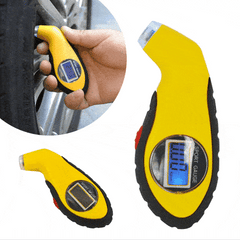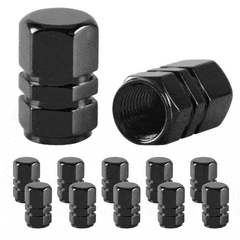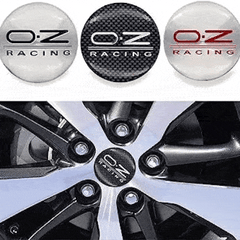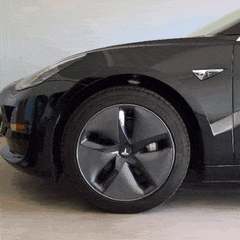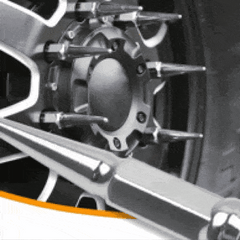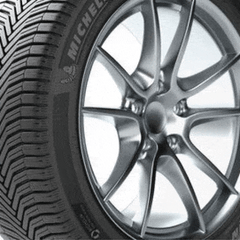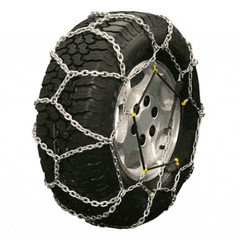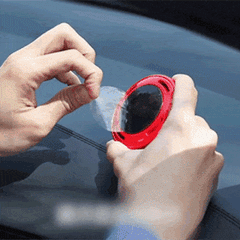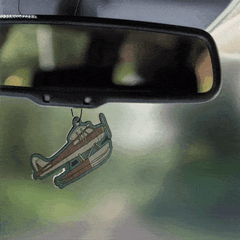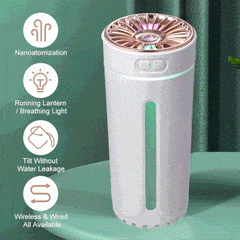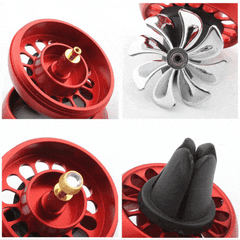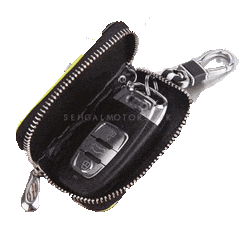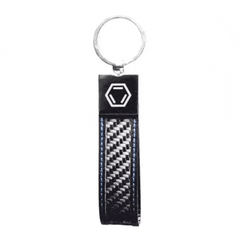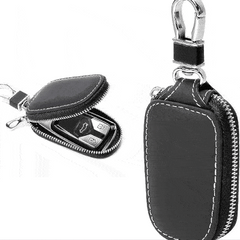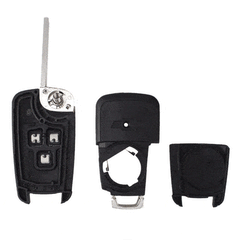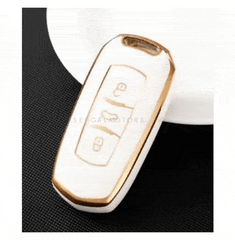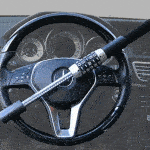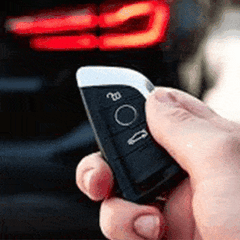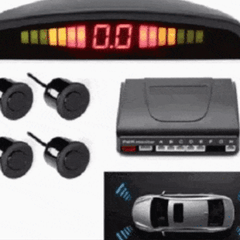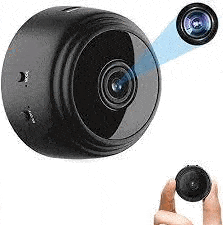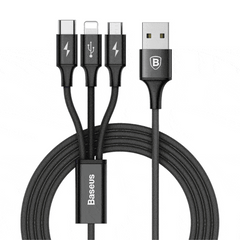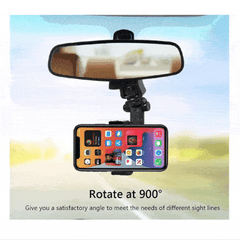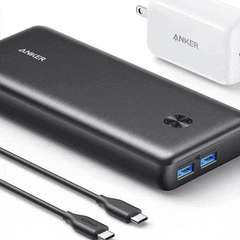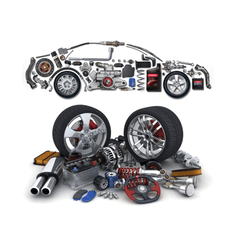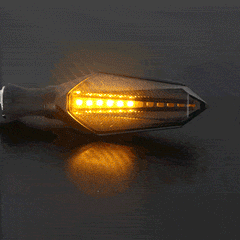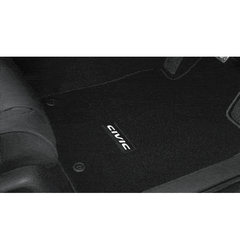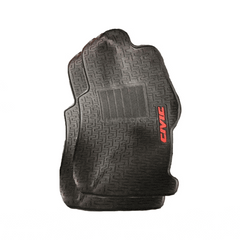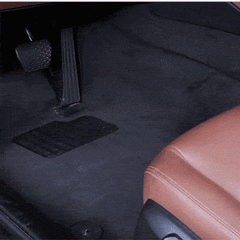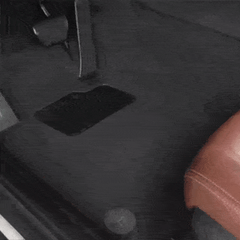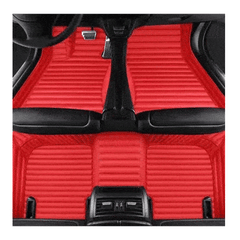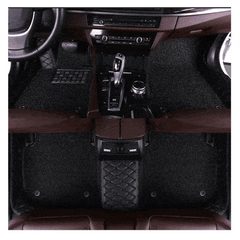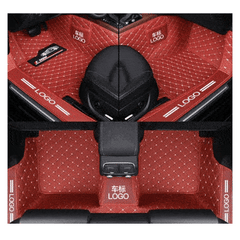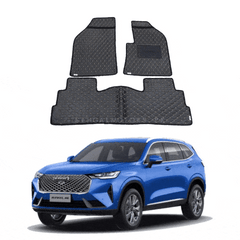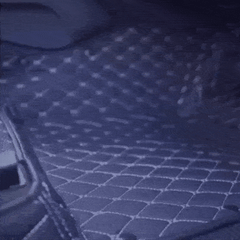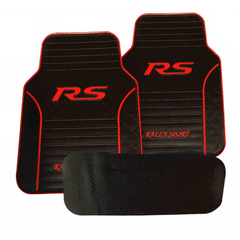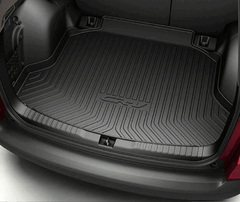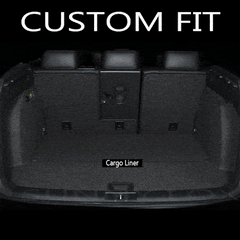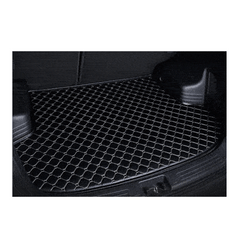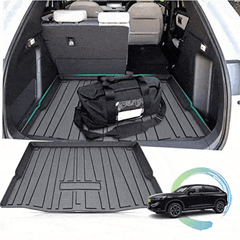Popular
-
Audi

-
BAIC

-
BMW

-
Changan

-
Chery

-
Chevrolet

-
Daihatsu

-
DFSK

-
FAW

-
Haval

-
Honda

-
Hyundai

-
Isuzu

-
Jeep

-
KIA

-
Lexus

-
Mazda

-
Mercedes

-
MG

-
Mitsubishi

-
Nissan

-
Peugeot

-
Porsche

-
Proton

-
Range Rover

-
Suzuki

-
Toyota

Popular
-
A3

-
A4

-
A5

-
A6

-
Q3

-
E Tron

-
Q7

-
BJ40

-
3 Series

-
5 Series

-
7 Series

-
X1 Series

-
Alsvin

-
Karvaan

-
Oshan X7

-
Tiggo 4 Pro

-
Tiggo 8 Pro

-
Joy

-
Optra

-
Boon

-
Copen

-
Cuore

-
Mira Custom

-
Move Custom

-
Glory 580

-
V2

-
H6

-
Jolion

-
Accord

-
BR-V

-
City

-
Civic

-
CR-V

-
CR-Z Sports Hybrid

-
Fit

-
Grace

-
HR-V

-
Insight

-
N Box

-
N One

-
N Wgn

-
Vezel

-
Tucson

-
Sonata

-
Santro

-
Elantra

-
D-Max

-
Wrangler

-
Grand Carnival

-
Picanto

-
Sorento

-
Sportage

-
Stonic

-
CT200h

-
LX Series

-
RX Series

-
RX8

-
CLA Class

-
CLK Class

-
CLS Class

-
E Class

-
GLS Class

-
S Class

-
SLK Class

-
HS

-
ZS

-
Lancer

-
Pajero

-
Pajero Mini

-
Dayz

-
Juke

-
March

-
Sunny

-
2008

-
3008

-
Panamera

-
Cayenne

-
Saga

-
X70

-
Evoque

-
Sport

-
Velar

-
Vogue

-
Alto

-
APV

-
Baleno

-
Bolan

-
Carry

-
Ciaz

-
Cultus

-
Every

-
FX

-
Hustler

-
Jimny

-
Khyber

-
Liana

-
Margalla

-
Mehran

-
Swift

-
Vitara

-
Wagon R

-
Aqua

-
Belta

-
Camry

-
CHR

-
Corolla

-
Corolla Axio

-
Corolla Fielder

-
Corona

-
Cross

-
Duet

-
Fj Cruiser

-
Fortuner

-
Land Cruiser

-
Mark X

-
Passo

-
Prado

-
Premio

-
Prius

-
Prius Alpha

-
Probox

-
Rush

-
Surf

-
Tundra

-
Vitz

-
Yaris

-
Revo

-
Vigo

-
Rocco

-
Vigo Champ

-
Hiace

- 2012
- 2013
- 2014
- 2015
- 2016
- 2017
- 2018
- 2016
- 2017
- 2018
- 2019
- 2020
- 2021
- 2022
- 2023
- 2024
- 2017
- 2018
- 2011
- 2012
- 2013
- 2014
- 2015
- 2016
- 2017
- 2018
- 2012
- 2013
- 2014
- 2015
- 2016
- 2017
- 2018
- 2021
- 2022
- 2023
- 2024
- 2005
- 2006
- 2007
- 2008
- 2009
- 2010
- 2011
- 2012
- 2013
- 2014
- 2015
- 2016
- 2018
- 2021
- 2022
- 2023
- 2024
- 1998
- 1999
- 2000
- 2001
- 2002
- 2003
- 2004
- 2005
- 2006
- 2003
- 2004
- 2005
- 2006
- 2007
- 2008
- 2009
- 2010
- 2002
- 2003
- 2004
- 2005
- 2006
- 2007
- 2008
- 2009
- 2016
- 2017
- 2018
- 2019
- 2021
- 2022
- 2023
- 2024
- 2018
- 2019
- 2020
- 2021
- 2022
- 2023
- 2024
- 2022
- 2023
- 2024
- 2022
- 2023
- 2024
- 2022
- 2023
- 2024
- 2005
- 2006
- 2007
- 2008
- 2009
- 2002
- 2003
- 2004
- 2005
- 2006
- 2007
- 2008
- 2010
- 2011
- 2012
- 2013
- 2014
- 2015
- 2016
- 2017
- 2018
- 2002
- 2003
- 2004
- 2005
- 2006
- 2007
- 2008
- 2009
- 2010
- 2011
- 2012
- 2002
- 2003
- 2004
- 2005
- 2006
- 2007
- 2008
- 2009
- 2010
- 2011
- 2012
- 2006
- 2007
- 2008
- 2009
- 2010
- 2011
- 2006
- 2007
- 2008
- 2009
- 2010
- 2011
- 2012
- 2013
- 2014
- 2015
- 2016
- 2017
- 2020
- 2021
- 2022
- 2023
- 2024
- 2013
- 2014
- 2015
- 2016
- 2017
- 2018
- 2021
- 2022
- 2023
- 2024
- 2021
- 2022
- 2023
- 2024
- 2002
- 2003
- 2004
- 2005
- 2006
- 2007
- 2008
- 2009
- 2010
- 2011
- 2012
- 2013
- 2014
- 2015
- 2016
- 2017
- 2018
- 2017
- 2018
- 2019
- 2020
- 2021
- 2022
- 2023
- 2024
- 1997
- 1998
- 1999
- 2000
- 2001
- 2002
- 2003
- 2004
- 2005
- 2006
- 2007
- 2008
- 2009
- 2010
- 2011
- 2012
- 2013
- 2014
- 2015
- 2016
- 2017
- 2018
- 2019
- 2020
- 2021
- 2022
- 2023
- 2024
- 1992
- 1993
- 1994
- 1995
- 1996
- 1997
- 1998
- 1999
- 2000
- 2001
- 2002
- 2003
- 2004
- 2005
- 2006
- 2007
- 2008
- 2009
- 2010
- 2011
- 2012
- 2013
- 2014
- 2015
- 2016
- 2017
- 2018
- 2019
- 2020
- 2021
- 2022
- 2023
- 2024
- 1997
- 1998
- 1999
- 2000
- 2001
- 2002
- 2003
- 2004
- 2005
- 2006
- 2007
- 2008
- 2009
- 2010
- 2011
- 2012
- 2013
- 2014
- 2015
- 2016
- 2017
- 2018
- 2010
- 2011
- 2012
- 2013
- 2014
- 2015
- 2016
- 2017
- 2018
- 2007
- 2008
- 2009
- 2010
- 2011
- 2012
- 2013
- 2014
- 2015
- 2016
- 2017
- 2018
- 2019
- 2020
- 2021
- 2022
- 2023
- 2024
- 2018
- 2019
- 2020
- 2021
- 2022
- 2023
- 2024
- 2016
- 2017
- 2018
- 2009
- 2010
- 2011
- 2012
- 2013
- 2014
- 2011
- 2012
- 2013
- 2014
- 2015
- 2016
- 2017
- 2018
- 2012
- 2013
- 2014
- 2015
- 2016
- 2017
- 2018
- 2013
- 2014
- 2015
- 2016
- 2017
- 2018
- 2013
- 2014
- 2015
- 2016
- 2017
- 2018
- 2019
- 2020
- 2021
- 2022
- 2023
- 2024
- 2020
- 2021
- 2022
- 2023
- 2024
- 2021
- 2022
- 2023
- 2024
- 1997
- 1998
- 1999
- 2000
- 2001
- 2002
- 2003
- 2004
- 2005
- 2006
- 2007
- 2008
- 2009
- 2010
- 2011
- 2012
- 2013
- 2014
- 2021
- 2022
- 2023
- 2024
- 2018
- 2019
- 2020
- 2021
- 2022
- 2023
- 2024
- 1995
- 1996
- 1997
- 1998
- 1999
- 2000
- 2001
- 2002
- 2003
- 2004
- 2005
- 2006
- 2007
- 2008
- 2009
- 2010
- 2011
- 2012
- 2013
- 2014
- 2015
- 2016
- 2017
- 2018
- 2019
- 2020
- 2021
- 2022
- 2023
- 2024
- 2019
- 2020
- 2021
- 2022
- 2023
- 2024
- 2019
- 2020
- 2021
- 2022
- 2023
- 2024
- 2019
- 2020
- 2021
- 2022
- 2023
- 2024
- 2021
- 2022
- 2023
- 2024
- 2011
- 2012
- 2013
- 2014
- 2015
- 2016
- 2017
- 2018
- 1998
- 1999
- 2000
- 2001
- 2002
- 2003
- 2004
- 2005
- 2006
- 2007
- 2008
- 2009
- 2010
- 2011
- 2012
- 2013
- 2014
- 2015
- 2016
- 2017
- 2018
- 1997
- 1998
- 1999
- 2000
- 2001
- 2002
- 2003
- 2004
- 2005
- 2006
- 2007
- 2008
- 2009
- 2010
- 2011
- 2012
- 2013
- 2014
- 2015
- 2016
- 2017
- 2018
- 2003
- 2004
- 2005
- 2006
- 2007
- 2008
- 2009
- 2010
- 2011
- 2012
- 2012
- 2013
- 2014
- 2015
- 2016
- 2017
- 2018
- 1997
- 1998
- 1999
- 2000
- 2001
- 2002
- 2003
- 2004
- 2005
- 2006
- 2007
- 2008
- 2005
- 2006
- 2007
- 2008
- 2009
- 2010
- 1993
- 1994
- 1995
- 1996
- 1997
- 1998
- 1999
- 2000
- 2001
- 2002
- 2003
- 2004
- 2005
- 2006
- 2007
- 2008
- 2009
- 2010
- 2011
- 2012
- 2013
- 2014
- 2015
- 2016
- 2017
- 2018
- 2016
- 2017
- 2018
- 2005
- 2006
- 2007
- 2008
- 2009
- 2010
- 2011
- 2012
- 2013
- 2014
- 2015
- 2016
- 2017
- 2018
- 1996
- 1997
- 1998
- 1999
- 2000
- 2001
- 2002
- 2003
- 2004
- 2005
- 2006
- 2007
- 2008
- 2009
- 2010
- 2011
- 2012
- 2013
- 2014
- 2015
- 2016
- 2017
- 2018
- 2020
- 2021
- 2022
- 2023
- 2024
- 2020
- 2021
- 2022
- 2023
- 2024
- 2004
- 2005
- 2006
- 2007
- 2008
- 1991
- 1992
- 1993
- 1994
- 1995
- 1996
- 1997
- 1998
- 1999
- 2000
- 2001
- 2002
- 2003
- 2004
- 2005
- 2006
- 2007
- 2008
- 2009
- 2010
- 2011
- 2012
- 2013
- 2014
- 2015
- 2016
- 2017
- 2018
- 1994
- 1995
- 1996
- 1997
- 1998
- 1999
- 2000
- 2001
- 2002
- 2003
- 2004
- 2005
- 2006
- 2007
- 2008
- 2009
- 2010
- 2011
- 2012
- 2013
- 2014
- 2015
- 2016
- 2017
- 2018
- 2010
- 2011
- 2012
- 2013
- 2014
- 2015
- 2016
- 2017
- 2018
- 2002
- 2003
- 2004
- 2005
- 2006
- 2007
- 2008
- 2009
- 2010
- 2005
- 2006
- 2007
- 2008
- 2009
- 2010
- 2022
- 2023
- 2024
- 2023
- 2024
- 2010
- 2011
- 2012
- 2013
- 2014
- 2015
- 2016
- 2017
- 2018
- 2002
- 2003
- 2004
- 2005
- 2006
- 2007
- 2008
- 2009
- 2010
- 2011
- 2012
- 2013
- 2014
- 2015
- 2016
- 2017
- 2018
- 2021
- 2022
- 2023
- 2024
- 2021
- 2022
- 2023
- 2024
- 2012
- 2013
- 2014
- 2015
- 2016
- 2017
- 2018
- 2005
- 2006
- 2007
- 2008
- 2009
- 2010
- 2011
- 2012
- 2013
- 2014
- 2015
- 2016
- 2017
- 2018
- 2017
- 2018
- 2000
- 2001
- 2002
- 2003
- 2004
- 2005
- 2006
- 2007
- 2008
- 2009
- 2010
- 2011
- 2012
- 2013
- 2014
- 2015
- 2016
- 2017
- 2018
- 2000
- 2001
- 2002
- 2003
- 2004
- 2005
- 2006
- 2007
- 2008
- 2009
- 2010
- 2011
- 2012
- 2013
- 2014
- 2015
- 2016
- 2017
- 2018
- 2019
- 2020
- 2021
- 2022
- 2023
- 2024
- 2005
- 2006
- 2007
- 2008
- 2009
- 2010
- 2011
- 2012
- 2013
- 2014
- 2015
- 2016
- 2017
- 2018
- 1998
- 1999
- 2000
- 2001
- 2002
- 2003
- 2004
- 2005
- 1998
- 1999
- 2000
- 2001
- 2002
- 2003
- 2004
- 2005
- 2006
- 2007
- 2008
- 2009
- 2010
- 2011
- 2012
- 2013
- 2014
- 2015
- 2016
- 2017
- 2018
- 2000
- 2001
- 2002
- 2003
- 2004
- 2005
- 2006
- 2007
- 2008
- 2009
- 2010
- 2011
- 2012
- 2013
- 2014
- 2015
- 2016
- 2017
- 2018
- 2017
- 2018
- 2019
- 2000
- 2001
- 2002
- 2003
- 2004
- 2005
- 2006
- 2007
- 2008
- 2009
- 2010
- 2011
- 2012
- 2013
- 2014
- 2015
- 2016
- 2017
- 2018
- 2019
- 2020
- 2021
- 2022
- 2023
- 2024
- 1999
- 2000
- 2001
- 2002
- 2003
- 2004
- 2005
- 2006
- 2007
- 2008
- 2009
- 2010
- 2011
- 2012
- 2013
- 2014
- 2015
- 2016
- 2017
- 2018
- 2019
- 2020
- 2021
- 2022
- 2023
- 2024
- 1980
- 1981
- 1982
- 1983
- 1984
- 1985
- 1986
- 1987
- 1988
- 1989
- 1990
- 1991
- 2014
- 2015
- 2016
- 2017
- 2018
- 1998
- 1999
- 2000
- 2001
- 2002
- 2003
- 2004
- 2005
- 2006
- 2007
- 2008
- 2009
- 2010
- 2011
- 2012
- 2013
- 2014
- 2015
- 2016
- 2017
- 2018
- 1990
- 1991
- 1992
- 1993
- 1994
- 1995
- 1996
- 1997
- 1998
- 1999
- 2006
- 2007
- 2008
- 2009
- 2010
- 2011
- 2012
- 2013
- 2014
- 1992
- 1993
- 1994
- 1995
- 1996
- 1997
- 1998
- 1988
- 1989
- 1990
- 1991
- 1992
- 1993
- 1994
- 1995
- 1996
- 1997
- 1998
- 1999
- 2000
- 2001
- 2002
- 2003
- 2004
- 2005
- 2006
- 2007
- 2008
- 2009
- 2010
- 2011
- 2012
- 2013
- 2014
- 2015
- 2016
- 2017
- 2018
- 2019
- 2004
- 2005
- 2006
- 2007
- 2008
- 2009
- 2010
- 2011
- 2012
- 2013
- 2014
- 2015
- 2016
- 2017
- 2018
- 2019
- 2020
- 2021
- 2022
- 2023
- 2024
- 2016
- 2017
- 2018
- 2019
- 2020
- 2021
- 2022
- 2023
- 2024
- 2008
- 2009
- 2010
- 2011
- 2012
- 2013
- 2014
- 2015
- 2016
- 2017
- 2018
- 2019
- 2020
- 2021
- 2022
- 2023
- 2024
- 2012
- 2013
- 2014
- 2015
- 2016
- 2017
- 2018
- 2019
- 2020
- 2021
- 2022
- 2023
- 2024
- 2005
- 2006
- 2007
- 2008
- 2009
- 2010
- 2011
- 2012
- 2006
- 2007
- 2008
- 2009
- 2010
- 2011
- 2012
- 2013
- 2014
- 2015
- 2016
- 2017
- 2018
- 2019
- 2020
- 2021
- 2022
- 2017
- 2018
- 2019
- 2020
- 2021
- 2022
- 2023
- 2024
- 1983
- 1984
- 1985
- 1986
- 1987
- 1988
- 1989
- 1990
- 1991
- 1992
- 1993
- 1994
- 1995
- 1996
- 1997
- 1998
- 1999
- 2000
- 2001
- 2002
- 2003
- 2004
- 2005
- 2006
- 2007
- 2008
- 2009
- 2010
- 2011
- 2012
- 2013
- 2014
- 2015
- 2016
- 2017
- 2018
- 2019
- 2020
- 2021
- 2022
- 2023
- 2024
- 2006
- 2007
- 2008
- 2009
- 2010
- 2011
- 2012
- 2013
- 2014
- 2015
- 2016
- 2017
- 2018
- 2006
- 2007
- 2008
- 2009
- 2010
- 2011
- 2012
- 2013
- 2014
- 2015
- 2016
- 2017
- 2018
- 2001
- 2002
- 2003
- 2004
- 2005
- 2006
- 2007
- 2008
- 2009
- 2010
- 2011
- 2012
- 2013
- 2014
- 2015
- 2016
- 2017
- 2018
- 2020
- 2021
- 2022
- 2023
- 2024
- 1998
- 1999
- 2000
- 2001
- 2002
- 2003
- 2004
- 2006
- 2007
- 2008
- 2009
- 2010
- 2011
- 2012
- 2013
- 2014
- 2015
- 2016
- 2017
- 2018
- 2013
- 2014
- 2015
- 2016
- 2017
- 2018
- 2019
- 2020
- 2021
- 2022
- 1990
- 1991
- 1992
- 1993
- 1994
- 1995
- 1996
- 1997
- 1998
- 1999
- 2000
- 2001
- 2002
- 2003
- 2004
- 2005
- 2006
- 2007
- 2008
- 2009
- 2010
- 2011
- 2012
- 2013
- 2014
- 2015
- 2016
- 2017
- 2018
- 2019
- 2020
- 2021
- 2022
- 2004
- 2005
- 2006
- 2007
- 2008
- 2009
- 2010
- 2011
- 2012
- 2013
- 2014
- 2015
- 2016
- 2017
- 2018
- 2006
- 2007
- 2008
- 2009
- 2010
- 2011
- 2012
- 2013
- 2014
- 2015
- 2016
- 2017
- 2018
- 1996
- 1997
- 1998
- 1999
- 2000
- 2001
- 2002
- 2003
- 2004
- 2005
- 2006
- 2007
- 2008
- 2009
- 2010
- 2011
- 2012
- 2013
- 2014
- 2015
- 2016
- 2017
- 2018
- 2019
- 2020
- 2021
- 2022
- 2001
- 2002
- 2003
- 2004
- 2005
- 2006
- 2007
- 2008
- 2009
- 2010
- 2011
- 2012
- 2013
- 2014
- 2015
- 2016
- 2017
- 2018
- 1997
- 1998
- 1999
- 2000
- 2001
- 2002
- 2003
- 2004
- 2005
- 2006
- 2007
- 2008
- 2009
- 2010
- 2011
- 2012
- 2013
- 2014
- 2015
- 2016
- 2017
- 2018
- 2019
- 2020
- 2021
- 2022
- Prius Alpha 2011
- Prius Alpha 2012
- Prius Alpha 2013
- Prius Alpha 2014
- Prius Alpha 2015
- Prius Alpha 2016
- Prius Alpha 2017
- Prius Alpha 2018
- 2002
- 2003
- 2004
- 2005
- 2006
- 2007
- 2008
- 2009
- 2010
- 2011
- 2012
- 2013
- 2014
- 2015
- 2016
- 2017
- 2018
- 2018
- 2019
- 2020
- 2021
- 1995
- 1996
- 1997
- 1998
- 1999
- 2000
- 2001
- 2002
- 2003
- 2004
- 2005
- 2006
- 2007
- 2008
- 2009
- 2007
- 2008
- 2009
- 2010
- 2011
- 2012
- 2013
- 1998
- 1999
- 2000
- 2001
- 2002
- 2003
- 2004
- 2005
- 2006
- 2007
- 2008
- 2009
- 2010
- 2011
- 2012
- 2013
- 2014
- 2015
- 2016
- 2017
- 2018
- 2019
- 2020
- 2021
- 2022
- 2023
- 2024
- 2020
- 2021
- 2022
- 2023
- 2024
- 2016
- 2017
- 2018
- 2019
- 2020
- 2021
- 2022
- 2023
- 2024
- 2005
- 2006
- 2007
- 2008
- 2009
- 2010
- 2011
- 2012
- 2013
- 2014
- 2015
- 2020
- 2021
- 2022
- 2023
- 2024
- 2012
- 2013
- 2014
- 2015
- 2004
- 2005
- 2006
- 2007
- 2008
- 2009
- 2010
- 2011
- 2012
- 2013
- 2014
